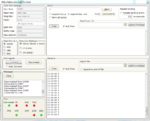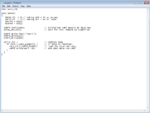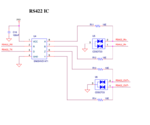vilfred
Member level 1

Hi...
May i know the conditions for asynchronous Uart transmission in PIC18F65K40. I'm using PORTC 0th pin and 1st pin as TX, RX, but those pins does not share with analog/digital pins, it only shares with timer pins, So how to initiate those pins for UART?
May i know the conditions for asynchronous Uart transmission in PIC18F65K40. I'm using PORTC 0th pin and 1st pin as TX, RX, but those pins does not share with analog/digital pins, it only shares with timer pins, So how to initiate those pins for UART?





